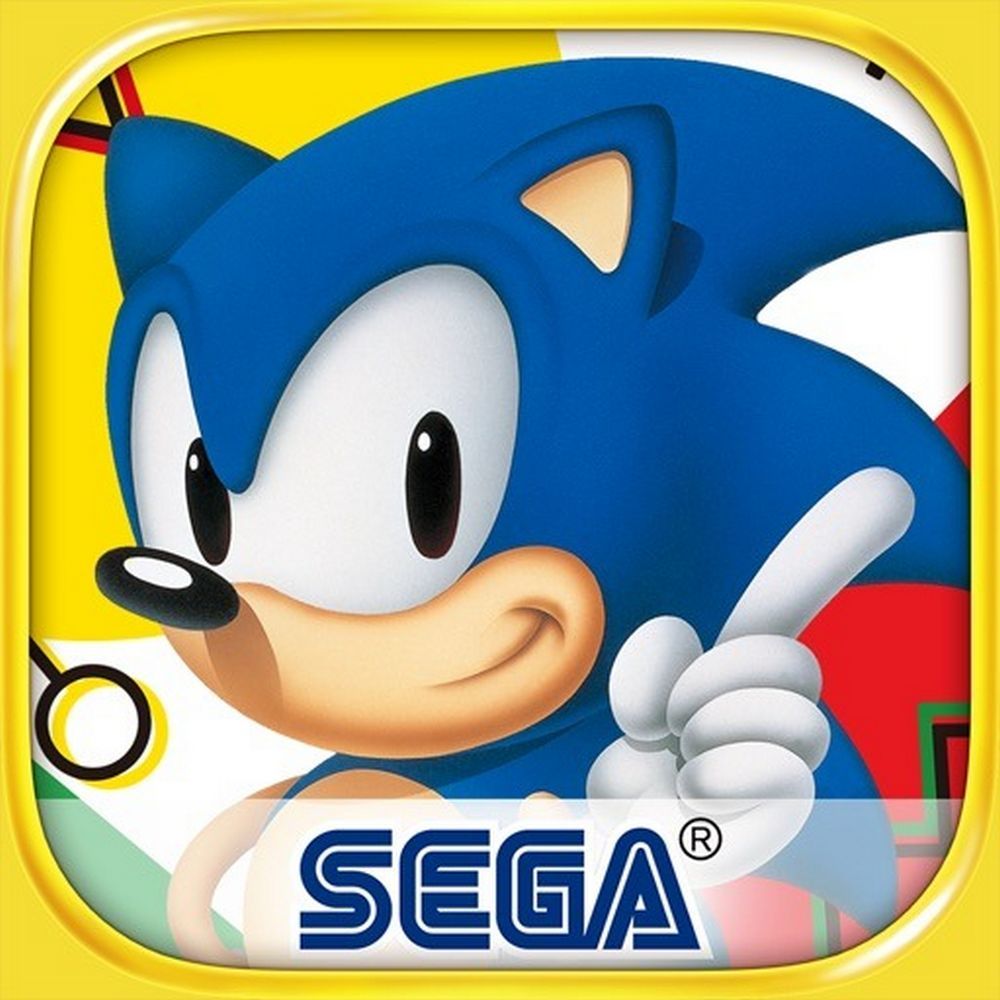
Sonic the Hedgehog™ Classic
All trademarks belong to their respective owners.Popular Now
 Poppy Playtime
Poppy Playtime
 Brawl Stars
Brawl Stars
 Sonic the Hedgehog™ Classic
Sonic the Hedgehog™ Classic
 Fall Guys
Fall Guys
 Roblox
Roblox
 Free Fire
Free Fire
 Fortnite
Fortnite
 Among Us
Among Us
 Geometry Dash
Geometry Dash
 Warframe
Warframe
From Green Hill to Launch Base: Iconic Zones and Environmental Storytelling
The lightning-fast gameplay of Sonic the Hedgehog™ Classic is undoubtedly its defining feature, but what truly cemented its place in gaming history was the unforgettable tapestry of its iconic zones. More than mere backdrops for speed, each level was a meticulously crafted environment, brimming with unique challenges, distinct aesthetics, and a subtle yet effective form of environmental storytelling. From the vibrant familiarity of Green Hill Zone to the industrial threat of Launch Base Zone, these stages weren’t just places to traverse; they were characters in their own right, collectively building a rich, diverse world that propelled Sonic’s adventures forward.
The Blueprint: Defining a Zone’s Identity
Every classic Sonic zone followed a distinct design philosophy, giving it a memorable identity.
- Distinct Biomes and Themes: The progression through classic Sonic games felt like a genuine journey across diverse landscapes. Players traversed lush tropical islands, ancient ruins, bustling industrial complexes, shimmering deserts, frozen tundras, and futuristic space stations. Each biome had its own set of unique obstacles, enemy types, and visual motifs, ensuring that no two zones felt alike.
- Color Palette and Visual Flair: A hallmark of classic Sonic’s art design was its use of bold, often contrasting color palettes. Green Hill Zone’s iconic blues and greens, Chemical Plant’s purples and teals, Ice Cap’s frosty blues and whites – these color schemes immediately established the zone’s mood and made them instantly recognizable, even with limited pixel art.
- Unique Gimmicks and Hazards: Each zone introduced its own set of interactive gimmicks and hazards. Green Hill had its checkerboard loops, Marble Zone its rising lava and block puzzles, Spring Yard its bumpers and bouncy platforms, and Labyrinth Zone its treacherous underwater segments. These unique elements forced players to adapt their strategies, adding depth and variety to the gameplay.
- Enemy Integration: The Badniks (Robotnik’s animal-robot hybrids) were often designed to fit the theme of their respective zones, enhancing the environmental storytelling. Crabmeats scuttled in Green Hill, Caterkillars crawled in the overgrown Angel Island, and security bots patrolled the metallic confines of Launch Base. Their designs and attack patterns often reflected the hazards of their environment.
Environmental Storytelling: A Silent Narrative
Without dialogue or extensive cutscenes, classic Sonic zones told a story through their visual progression and atmospheric changes.
- The Gradual Escalation of Robotnik’s Influence: As Sonic progressed through the zones, players could visually trace Dr. Robotnik’s increasing industrialization and destruction of the natural world. Starting in pristine environments, they moved into factories, chemical plants, and eventually Robotnik’s elaborate fortresses in the sky or space. This visual narrative underscored the stakes of Sonic’s mission.
- Transformation of Landscapes: Zones like Angel Island in Sonic the Hedgehog 3 visibly transformed. What started as a lush jungle quickly descended into a burning inferno in Act 2, visually representing Robotnik’s destructive presence and the urgency of Sonic’s quest.
- Hints of Ancient Civilizations: Zones like Hidden Palace Zone or Mystic Cave Zone hinted at ancient ruins and forgotten powers, adding layers of mystery and depth to the world beyond just Robotnik’s current schemes. These zones suggested a rich history beneath the surface.
- Thematic Cohesion: Each zone felt like a distinct chapter in a larger adventure. The transition from the natural beauty of the first zones to the mechanical might of the later ones created a sense of journey and escalating threat, building anticipation for the final confrontation with Robotnik.
Beyond Aesthetics: Functional Design for Speed
While visually rich, every zone was also meticulously designed to facilitate Sonic’s unique gameplay.
- Multiple Paths for Speed and Exploration: The iconic multi-path level design meant that zones catered to both high-speed runs and careful exploration. Top paths rewarded skilled players with uninterrupted momentum, while lower paths often contained secrets, power-ups, or more challenging platforming segments, encouraging replayability and diverse playstyles.
- Flow and Momentum Management: Levels were crafted to allow for continuous momentum. Slopes, loops, and springs were strategically placed to help players maintain speed, while hazards were positioned to test their ability to react quickly and avoid interruption.
- Memorable Layouts: The layouts of zones like Chemical Plant Zone (with its iconic water slide) or Carnival Night Zone (with its infamous barrel) were not just visually distinct but also functionally unique, demanding different approaches and leaving lasting impressions on players.
The classic Sonic the Hedgehog zones are a masterclass in environmental design. They transcended simple level geometry to become vibrant, memorable characters in their own right, telling a silent story of a world under threat and an epic journey to save it. Their enduring appeal lies not just in their aesthetic beauty, but in how seamlessly they integrated their themes, challenges, and narrative into the very fabric of Sonic’s high-speed gameplay.
Which classic Sonic zone did you spend the most time exploring for secrets, and why?
Rating
PROS
- Fun, colorful graphics
- Challenging and varied levels
- Classic Sonic gameplay
- Classic soundtrack
- Supports retro gaming
- Easy to pick up and play
- Multiplayer mode for added competition and fun
- Supports achievements and leaderboards
CONS
- It may be too difficult for some players
- Limited variety of power-ups
- Limited replay value
- No online multiplayer options